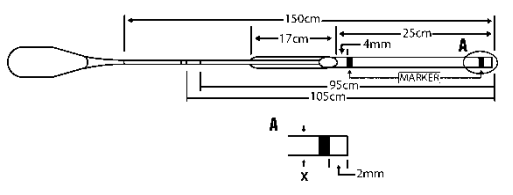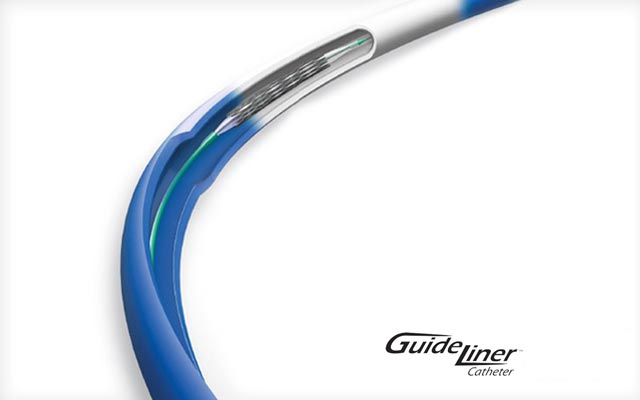

C, The mother–daughter–granddaughter system is positioned with the 8 Fr GuideLiner ending just before the SVG to RI anastomosis.
#Guideliner catherter movie#
The 6 Fr GuideLiner is seen in mid portion of SVG and Turnpike in the distal RI (see also Data Supplement Movie V). B, A guidewire is positioned in the distal RI to allow for advancement of the mother–daughter–granddaughter double GuideLiner system. A, Diagnostic angiography displaying SVG to RI with retrograde filling of the RI to the LCX, which is chronically occluded distally (see also Data Supplement Movie IV). GL indicates GuideLiner LCX, left circumflex OM, obtuse marginal SVG, saphenous vein graft and TP, Turnpike catheter.įigure 3. D, The final angiographic result after deploying stents to the distal LCX and proximal portion of the OM1 through the mother–daughter–granddaughter double GuideLiner system (see also Data Supplement Movie III). The 6 Fr GuideLiner is positioned beyond the OM1/LCX bifurcation, and the 8F GuideLiner is just proximal to the distal anastomosis of the SVG to OM1 (see also Data Supplement Movie II). C, The system has been advanced and a balloon is inflated in the distal LCX. The Turnpike microcatheter and guidewire is positioned in the distal OM2.

B, The 6 Fr GuideLiner (inside the 8 Fr GuideLiner) is shown approaching the distal anastomosis of the SVG to OM1.

A, Diagnostic angiography demonstrating SVG to OM1 with retrograde filling of the LCX and the OM2 (see also Data Supplement Movie I). We describe 2 cases of the mother–daughter–granddaughter double GuideLiner technique using a 6 Fr GuideLiner inside an 8 Fr GuideLiner to perform highly challenging PCI.įigure 2. The double bend of the anastomosis into the retrograde coronary artery combined with the antegrade turn of the target branch is often uncrossable even with modern balloon and stent technology. This is especially problematic when attempting percutaneous coronary intervention (PCI) on the retrograde limb of a bypassed coronary through a long saphenous vein graft (SVG). 1, 2 Despite the improved support provided by the GuideLiner catheter, occasions arise in which a single GuideLiner is not adequate to facilitate the delivery of stents or balloons to target lesions. The mother–daughter technique using a GuideLiner Catheter (Vascular Solutions, Inc, Minneapolis, MN) is now commonly used to address these situations.


 0 kommentar(er)
0 kommentar(er)
